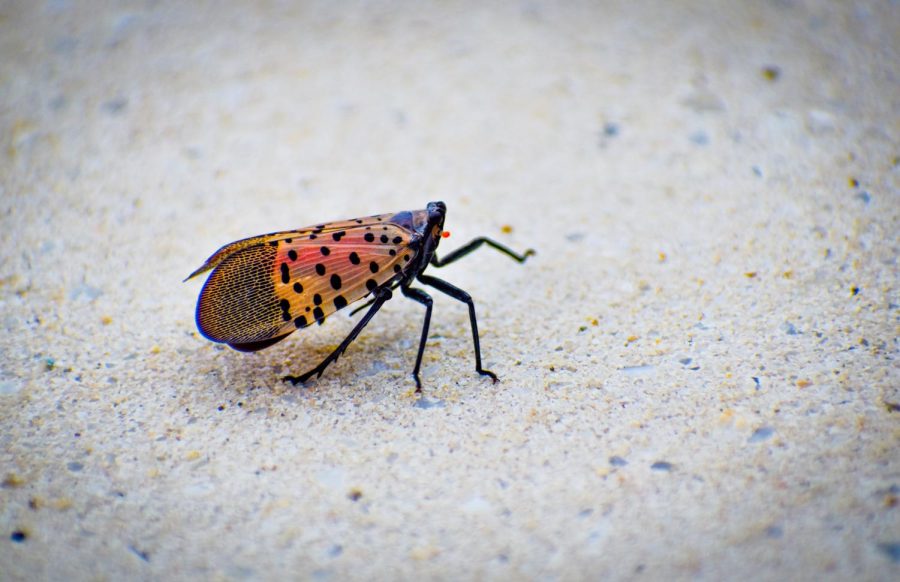As if homework, exams and packed schedules weren’t enough to worry about, Lafayette students must also deal with the ever-increasing nuisance of the spotted lanternfly.
About an inch long, with spotted brown wings and quick reflexes, these insects, native to Asia, are not particularly dangerous to humans but may prove disastrous to crops. With heightened awareness of the invasive bug and state-sanctioned kill-on-sight orders, students have become creative with their approaches to the spotted lanternfly problem.
Tanushree Sow Mondal ‘24, who said she has plenty of experience dealing with bugs, confidently said that she would step on the lanternfly to kill it.
“If it doesn’t die once you step on it, stomp on it harder and jump around a bit,” Sow Mondal said. “Make sure to use force.”
Not everyone is as brave as Sow Mondal, however. Trang Tran ‘25 admits she would simply run away if she saw one.
Nam Vu ‘25, a friend of Tran’s, agreed with her, although he did hesitantly add that he would prefer to “use a spray of some sort” to kill the pest if he confronted one.
Padmanabh Kaushik ‘25 advises people to “just take your shoe and smash it.”
Others prefer using subtler methods. Charles Mann ’25 described how, armed with a piece of paper, he snuck up on a lanternfly that landed on a table in Watson Hall’s library, crushing the insect before throwing it in the trash can.
One can only hope for the sake of the flies that they steer clear of Gabriela Sanchez ’25. She claimed she would “drink [the] blood” of the next lanternfly she saw.
The spotted lanternfly problem is one multiplying by the year. According to research by Assistant Biology Professor Daniel Strömbom, the spotted lanternfly population is growing at a rate of 5.47, meaning that between five and six lanternflies survive for each one that hatches its eggs.
In order to prevent further growth of the spotted lanternfly population, Strömbom recommends that preventative measures be taken including “killing the bug, ensuring that we are not transporting them in our vehicles as we travel and making sure that we are not traveling with plants.”
Swati Pandey ’23, who conducted the research with Strömbom, said that she is doing her part to stop the spread.
“I try to stomp on every lanternfly my foot can reach,” Pandey said.
Jennifer Ortega ’24 contributed reporting.















































